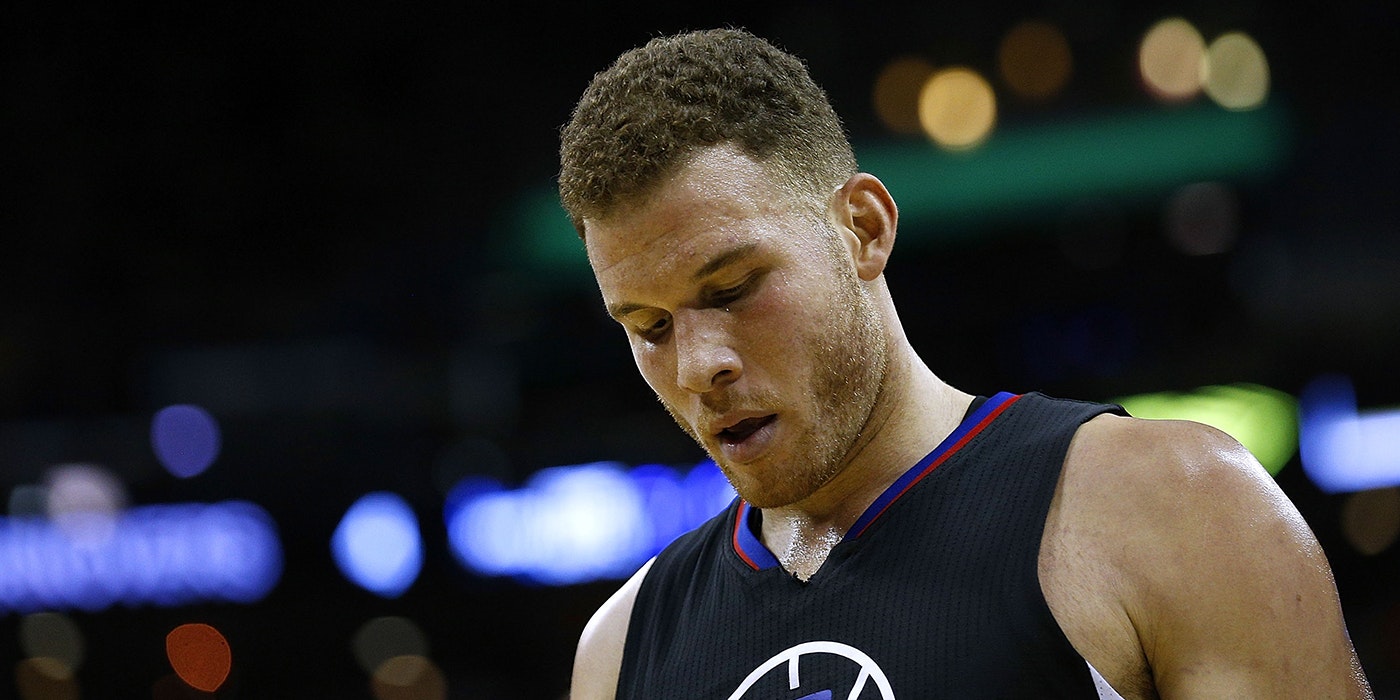There’s a fun riddle you may have heard, about a farmer with a goose, a fox, and a bag of beans. The farmer gets to a river, but his boat can only carry himself and one of his items. Here’s the issue: if he leaves the fox and goose together unattended, the fox will eat the goose. If he leaves the goose and beans together unattended, the goose will eat the beans. So how does he get all three of his items safely across the river?
The first step seems clear: bring the goose. That leaves the fox and beans together, the only combination that can coexist peacefully. When the farmer comes back, though, he faces a problem. To quote from the Wikipedia article about this riddle: “If he takes the fox across, he would have to return to get the beans, resulting in the fox eating the goose. If he takes the beans across second, he will need to return to get the fox, resulting in the beans being eaten by the goose.”
When you pose this farmer riddle to people, this is the step in which they get stuck.
Most follow a common strategy when trying to solve problems: they look at where they are, compare it to where they want to be, and then take the next step that minimizes the distance between them and their goal. Don’t have dinner for the night? First you decide on what you want to eat, then you go buy the groceries, then you cook, then you eat. Each step gets you closer from where you are to where you want to be.
So at this point in the problem the natural instinct is to keep trying to bring items across the river — that’s what gets the farmer closer to his goal. It’s not readily apparent that the only way to solve the problem is to go the opposite direction, to bring the goose back.
Some problems can only be solved by going backward. Sometimes you can’t just keep inching toward your goal, but instead have to take one step back to take two steps forward.
Click to login
subscribers only.
Purchase the complete Insider archives
including close to 200 articles
for just $50
Buy Now

